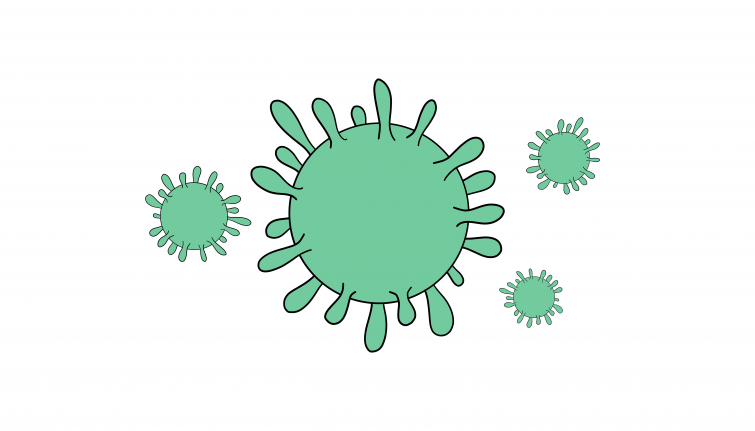
July 11, 2025
Bulletin interne de l'Institut Pasteur


Modeling 3D protein-protein interaction maps: a promising tool to tackle emerging infectious diseases
The Interactomics, RNA and Immunity laboratory, led by Caroline Demeret, has recently developed a new approach for modeling 3D protein-protein interaction (PPI) maps, which they have applied to SARS-CoV-2 virus proteins.
The scientists used the modeling technique to determine the spatial organization of viral proteins in cells through their interactions with the human proteome*.
The identifying of direct virus/host PPIs showed that the direct partners of viral proteins are confined to a short distance around their target proteins in the 3D map, while distant proteins engage in no or fewer direct contacts. The findings demonstrate the quality of the 3D map used for the modeling and its potential as a predictive tool for physical interactions between proteins. This new approach paves the way for structure-based drug discovery, using molecular screening to identify drugs targeting virus-host protein assemblies.
Applied to other biological systems (microorganisms and human and animal systems), this interactomics** approach could shed light on the spatial organization of cellular protein interaction networks.
 "3D modeling of interaction maps provides a precise and realistic representation of interactomes, in which we have shown that the proteins in closest proximity tend to interact physically. Spatial clusters in interactomes provide advanced biological information, such as coordination for targeting signaling pathways or cell complexes. This interactomics approach can be applied to the study of protein interaction networks. It is especially suited to investigating the activity of protein complexes and identifying novel therapeutic targets".
"3D modeling of interaction maps provides a precise and realistic representation of interactomes, in which we have shown that the proteins in closest proximity tend to interact physically. Spatial clusters in interactomes provide advanced biological information, such as coordination for targeting signaling pathways or cell complexes. This interactomics approach can be applied to the study of protein interaction networks. It is especially suited to investigating the activity of protein complexes and identifying novel therapeutic targets".
Caroline Demeret
Read the paper published in Nature Communications biology
* protéome: All the proteins synthesized by a cell.
** interactomics: Study of the molecular interactions in an individual cell.